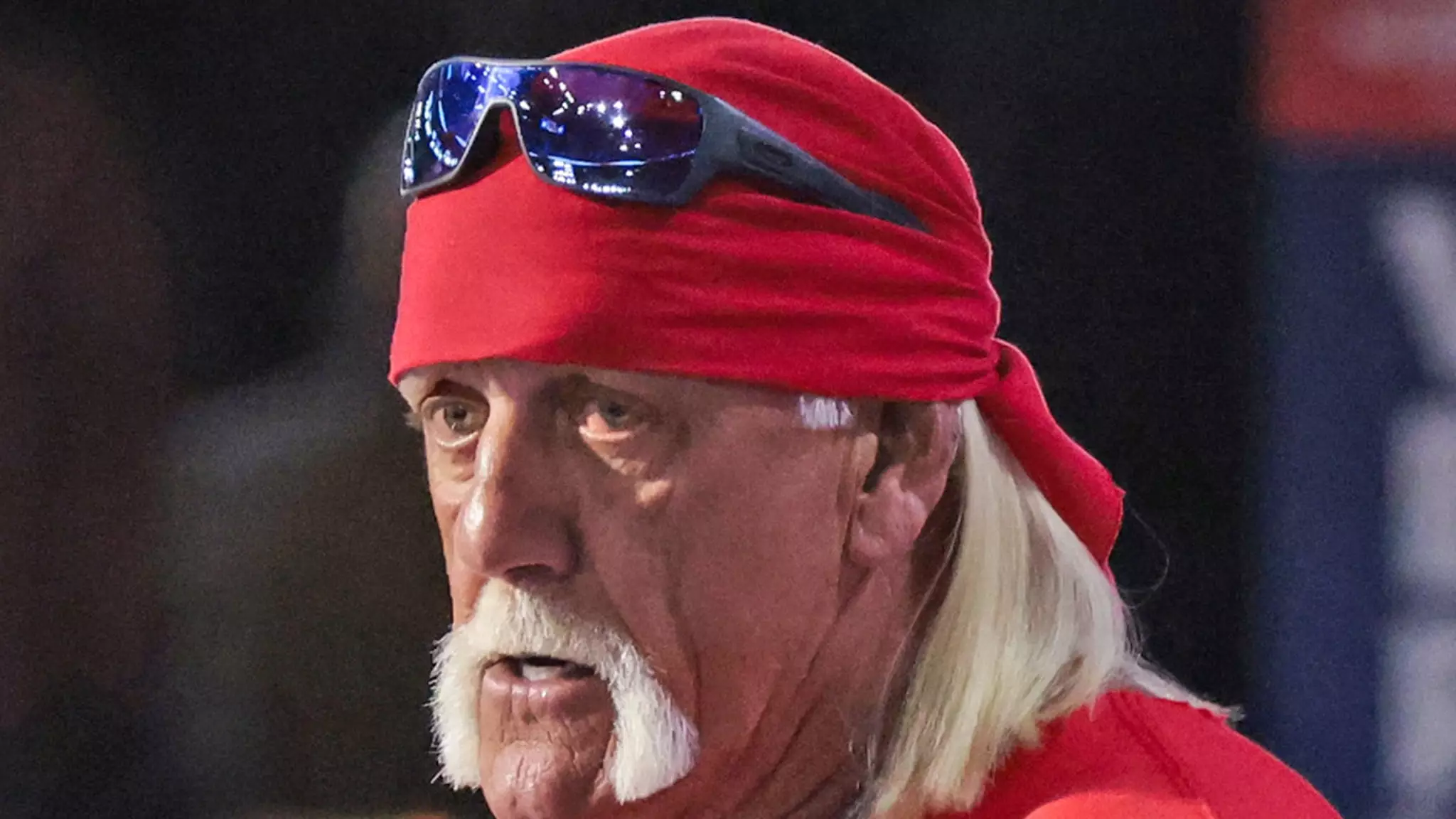The wrestling universe is mourning the loss of one of its most iconic figures—Hulk Hogan. At the age of 71, the legendary wrestler tragically passed away after suffering a cardiac arrest at his Florida home. This event marks not just the loss of a man but the departure of a cultural phenomenon that transcended the wrestling ring. Hogan’s death, confirmed by authorities and witnessed through dramatic eyewitness footage, leaves an indelible gap in the hearts of fans worldwide and the annals of sports entertainment.
The harrowing scenes outside Hogan’s residence captured the urgency and helplessness that momentarily gripped fans and onlookers alike. Paramedics working tirelessly to revive Hulk amidst the chaos underscore how suddenly life can turn. Despite quick medical intervention and subsequent treatment at the hospital, the reality was grim: Hogan was declared dead an hour after emergency responders arrived. It’s a sober reminder that even larger-than-life heroes confront human vulnerabilities, and no amount of fame makes anyone immune to death.
His family, recently united in marriage for the second time, was reportedly reassured by statements pointing to a strong heart, especially in light of recent health issues. Yet, the grim truth is that Hulk’s superb career and vibrant persona couldn’t shield him from the silent, relentless grasp of mortality. His passing also reignites conversations about the health risks faced by professional wrestlers, many of whom undergo brutal physical tolls over years of demanding performances. Hogan’s final days remind us that behind the spectacle, these athletes often endure lifelong struggles with their bodies.
Hulk Hogan’s Transformational Impact on Wrestling and Pop Culture
Few figures have reshaped professional wrestling quite like Hogan. When he burst onto the scene in the early 1980s, wrestling was largely a niche sport with a modest audience. With his magnetic personality, flamboyant theatrics, and revolutionary promotional skills, Hogan turned wrestling into a mainstream entertainment powerhouse. His signature look—bandana, mustache, and muscular physique—became symbols of a burgeoning pop culture movement that now seems inseparable from his legacy.
Hogan’s crowning moment came in 1984 when he defeated the Iron Sheik for the World Heavyweight Championship, igniting “Hulkamania”—a cultural craze that swept across America. This phenomenon wasn’t just about wrestling; it was about the narrative Hulk embodied—an all-American hero inspiring children and adults alike to believe in perseverance, strength, and integrity. Hogan’s ability to connect with the masses transformed him into a household name, elevating WWE from a regional promotion into a global entertainment titan.
Yet, Hulk Hogan was not static. His career showcased remarkable evolution—shifting from revered hero to notorious villain with the creation of the NWO (New World Order). This heel turn in the 1990s reinvented his persona once again, boosting wrestling’s edginess and commercial appeal. His Hollywood transition, especially with Hollywood Hulk Hogan, further cemented his fame in mainstream entertainment, bridging the worlds of professional wrestling and blockbuster films. Hogan’s varied career demonstrates a man uniquely adaptable—a trait that has kept him relevant for decades.
Controversies, Resilience, and the Complex Legacy
Hulk Hogan’s story isn’t without its darker chapters. His controversial moments, notably a scandal involving racist comments, temporarily tarnished his reputation. After a leaked tape emerged, Hulk faced a public relations nightmare, leading to his removal from the WWE Hall of Fame in 2015. Despite this, he managed to make a comeback, being inducted again in 2020 as part of the NWO. This resilience speaks volumes about his impact and the complicated nature of his legacy.
Beyond the ring and headlines, Hogan was a pervasive figure in American media. His appearances in films, notably “Rocky III,” and reality TV shows like “Hogan Knows Best,” endeared him to audiences beyond wrestling fans. His public persona as a patriotic, family-oriented figure actively shaped his brand and kept him in the spotlight. Recently, he even made headlines as the star of the 2024 Republican National Convention, illustrating his ability to influence political discourse and cultural narratives.
Hogan’s personal health journey reveals the toll taken by decades of intense physical activity and injuries. His admissions about surgeries and lost body parts illuminate the often-unseen sacrifices wrestlers make. Despite these hardships, Hogan continued to innovate—launching new projects like the amateur wrestling league “Real American Freestyle,” demonstrating his persistent drive to foster the sport he helped revolutionize. His enduring passion for wrestling and entertainment affirms that his influence extends beyond simple nostalgia; it is about legacy, resilience, and the relentless pursuit of pushing limits.
In the broader cultural landscape, Hogan defined an era and helped propel professional wrestling from a regional pastime into a global phenomenon. His larger-than-life persona, high-energy performances, and ability to reinvent himself are testaments to his extraordinary character. Though his life was punctuated by controversy and adversity, his impact remains undeniable—an enduring symbol of American entertainment and resilience.

